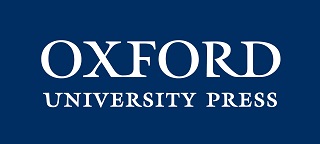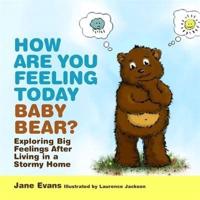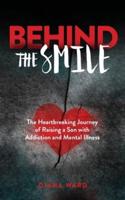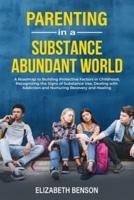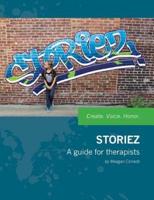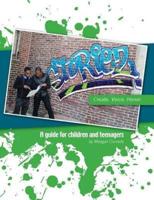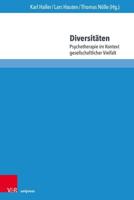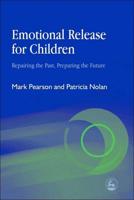Publisher's Synopsis
Deaf children are not hearing children who can't hear. Beyond any specific effects of hearing loss, as a group they are far more diverse than hearing peers. Lack of full access to language, incidental learning, and social interactions as well as the possibility of secondary disabilities means that deaf learners face a variety of challenges in academic domains. Technological innovations such as digital hearing aids and cochlear implants have improved hearing and the possibility of spoken language for many deaf learners, but parents, teachers, and other professionals are just now coming to recognize that there are cognitive, experiential, and social-emotional differences between deaf and hearing students likely to affect academic outcomes. Sign languages and schools and programs for deaf learners thus remain an important part of the continuum of services needed for this diverse population. Understanding such diversity and determining ways in which to accommodate them must become a top priority in educating deaf learners. Through the participation of an international, interdisciplinary set of scholars, Diversity in Deaf Education takes a broad view of learning and academic progress, considering "the whole child" in the context of the families, languages, educational settings in which they are immersed. In adopting this perspective, the complexities and commonalities in the social, emotional, cognitive, and linguistic mosaic of which the deaf child is a part, are captured. It is only through such a holistic consideration of diverse children developing within diverse settings that we can understand their academic potentials.

